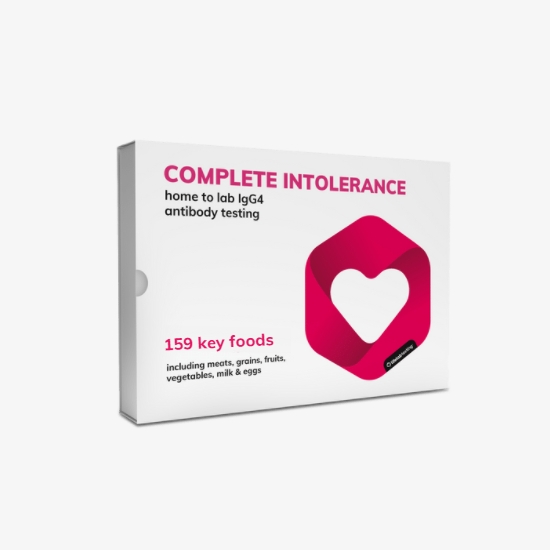Getting the perfect gift for someone doesn’t have to be a mystery. It doesn’t even have to be difficult. You just need to know what to look for in your focus and your choice. Are you hunting for healthy Christmas presents for a loved one? If so, you’ll love the idea of getting them something personalized yet broad enough to give them a benefit, no matter their health-based lifestyle. Below, we’ll show you how complete body testing fits the bill perfectly and why it is the ultimate choice in your guide to healthy Christmas shopping.
Health and the body
Let’s dive a little bit into how you can look at health. For most of us, health involves diet and fitness. It often focuses on physical and mental health. This is true, of course, but it also goes beyond that. Health is a multifaceted part of our lives that deserves a multifaceted approach for the best result. Sometimes, the best ideas come from circumstances you might not normally consider.
Health is always a daily adventure, but you must also play the long game. The better care you take of yourself now, the better your life expectancy is about health issues and conditions. The habits that someone sets in their younger years (regardless of their age) will lead them into a future where those habits come into being. The better the habit, the better the future! Health is a fine example of this.
So, gifting healthy Christmas presents to someone with complete body testing can help them take the first step toward an in-depth look at how their body is doing. This prompts them to make changes daily to help them enjoy easier and healthier lifestyles. As you’ve likely heard before, the better you take care of your body, the better it can take care of you!
The benefits of gifting health to someone
If you like the sound of that, let’s dive deeper into what it means to literally give health to someone. These intangible benefits are impressive and brimming with positivity. Take a look and see for yourself.

Help protects against diabetes, dementia, heart disease
Taking care of your health daily, weekly, and so on helps reduce the likelihood of developing chronic conditions. Some of the most common ones include diabetes, dementia, and heart disease. While no test or lifestyle can 100% guarantee protection from these health conditions forever, preventative care can help reduce their likelihood! This is especially great for those with genetic predispositions.
Can reduce the likelihood of fractures
Our bones naturally start to weaken with age. This can lead to fractures and complex fractures that require surgery and recovery. The stronger you keep your bones through a good diet and exercise, the better your likelihood of staying safe from fractures. Good health goes a long way to protect your body in those later, more vulnerable years!
Can reduce falls
Another wonderful, tangible benefit is that taking a daily approach to health means keeping muscle tone up. The stronger those muscles are, the better someone’s overall physical health will be. Keeping muscle tone as strong as possible helps prevent falls from weak joints or muscles or poor balance. This is especially great for those on your shopping list who love independence!
Testing helps them remember their priorities
When you see all of those benefits to good health, it’s simple to see why it makes such a great gift. There is another great facet to this gift idea, too. It helps your loved one remember what is most important in their life. Getting complete body testing helps them see how their bodies are doing in “real-time.” It also shows them how to take as best care of themselves as possible. Both allergies and intolerances are difficult to self-diagnose. So, the test results can help exclude and identify the reactions.
There are many different types of healthy Christmas presents that you can get for someone you love. Testing is a great choice, but you can combine that with something more tangible. For example, a cookbook for healthy, delicious meals. Or, a fitness program that you can do with them so that you both make positive changes in your lives.
One of the most exciting details about giving health to someone is that there are a million ways you can go about it and a million combinations. This will help you see how much flexibility you have when holiday shopping, and you’ll be in the perfect position to get the truly perfect gift for those special people in your life. Grab your test from Lifelab today





















